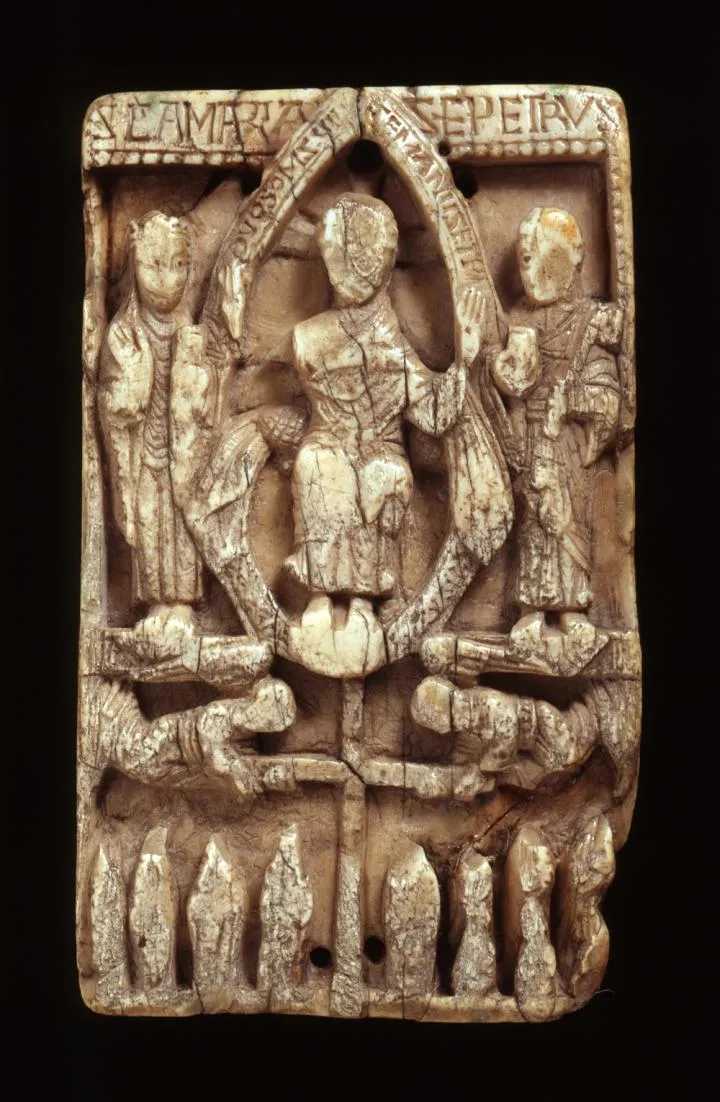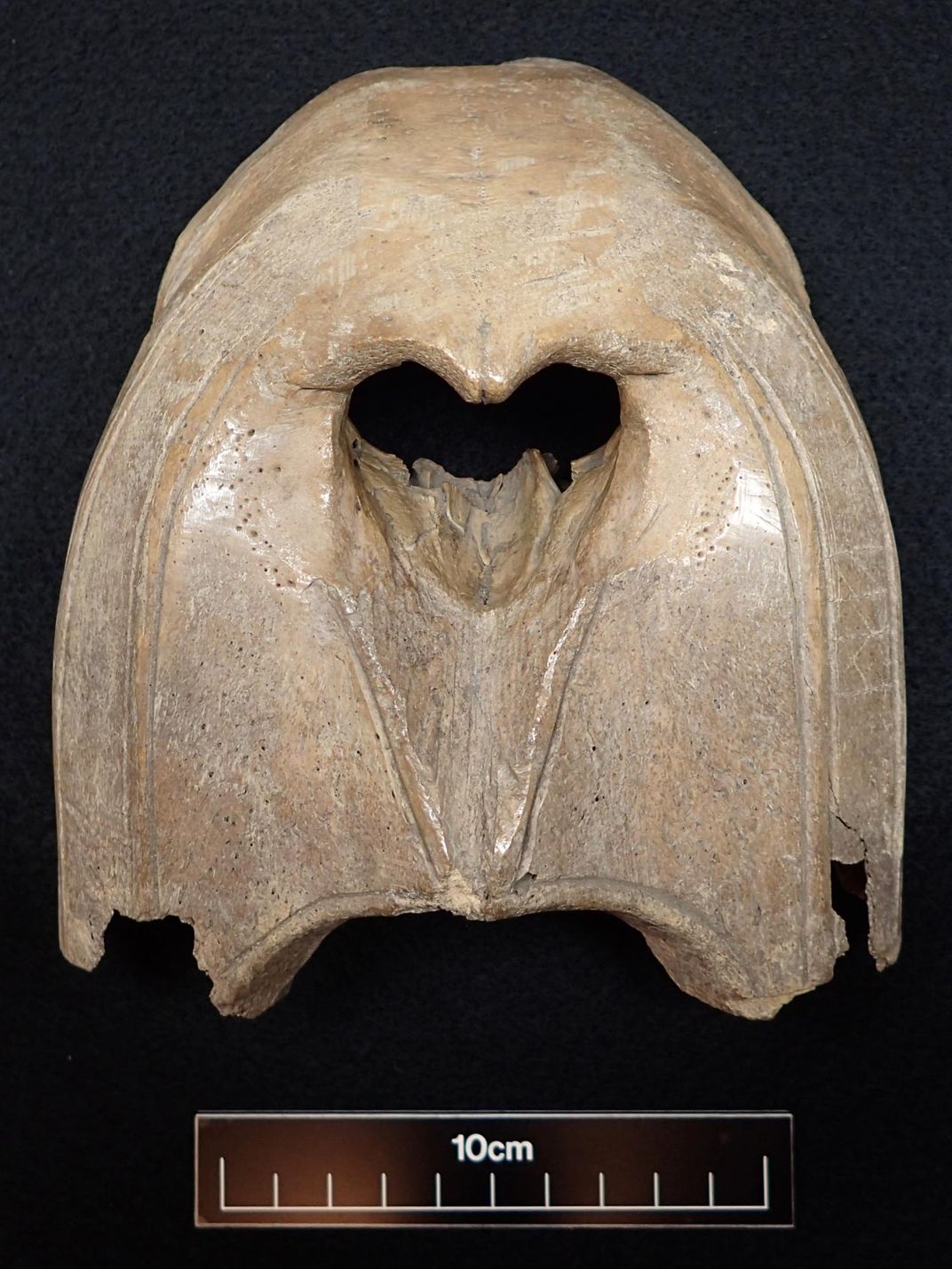Did Over-Hunting Walruses Fuel the Collapse of Norse Greenland?
A new study has found that Norse hunters began pursuing smaller animals at increasingly risky distances in “a classic pattern of resource depletion”
/https://tf-cmsv2-smithsonianmag-media.s3.amazonaws.com/filer/fc/51/fc5195e9-ec96-4270-8bb6-db2863d2fdbe/220746_web.jpg)
In 985 A.D., Erik the Red arrived on the shores of Greenland after setting sail from Iceland with a fleet of 14 ships. Norse outposts blossomed on this new North Atlantic territory, where settlers hunted, farmed and built structures that can still be seen today. But after some 500 years of occupation, the Norse settlements of Greenland were abandoned—and centuries later, experts remain unsure why.
An oft-cited theory posits that climate change was to blame. Vikings arrived on Greenland during a relatively warm period, but as temperatures dropped during the “Little Ice Age” in the early 14th century, they were unable to adapt to the frigid climate, or so the theory goes. Recent research suggests the reality was likely more complex, with multiple factors—among them climactic fluctuations, conflicts with the Inuit and a dwindling walrus trade—influencing the decline of the region’s Norse colonies.
Walrus hunting and trade’s role in the settlers’ disappearance has long intrigued James H. Barrett, an archaeologist at the University of Cambridge. For a new study published in the journal Quaternary Science Reviews, Barrett and his colleagues analyzed walrus remains from across Europe. The researchers concluded that the “serial depletion” of walruses caused by overhunting may have played a significant role in driving the Norse out of Greenland.
Walrus-tusk ivory was one of medieval Europe’s most precious commodities, used to make ornate luxury items like the famed Lewis chess pieces. As Tim Folger wrote for Smithsonian magazine in 2017, some experts now think the Vikings “first traveled to Greenland not in search of new land to farm—a motive mentioned in some of the old sagas—but to acquire walrus-tusk ivory.”

Ivory artifacts are delicate, so the researchers instead studied 67 rostra—the part of the walrus body that includes both the snout and the skull—found at sites across Europe. (Medieval ivory workers would have broken the tusks off the rostra, which date to between the 11th and 15th centuries.) First, the scientists gauged the size of the tusk sockets. Then, they extracted DNA and stable isotope from the bones, all of which offered vital insights into the animals’ age, sex and origins.
This analysis produced a number of important findings. For one, nearly all of the samples “most likely derived from the activities of the Norse settlement in Greenland,” according to the study. Only one rostra appears to have originated somewhere else, possibly the Barents Sea off the coast of Norway and Russia.
Greenland Vikings were, in other words, major suppliers of walrus ivory during the Middle Ages. But the researchers noticed a shift in the samples starting around the 13th century, when the rostra appear to have been sourced from an evolutionary lineage prevalent in the waters around Baffin Bay. To get there, Norse hunters would have had to make a long journey up the northwest coast of Greenland, far from their settlements in the southern part of the island.
“The brief window of summer [when Arctic waters are not clogged with ice] would have barely been sufficient for rowing the many hundreds of miles north and back,” says Barrett in a statement.
Why make such a risky hunting expedition? Perhaps, the study authors theorize, the main hunting grounds around the more southerly Disko Bay had been over-exploited, forcing Norse settlers to venture into new territory. The later rostra came from smaller walruses, often female ones, which may indicate that the Norse were driven to harvesting animals with less robust tusks. The size of the animals, and the distance at which they were being pursued, reflect “a classic pattern of resource depletion,” write the study authors.
Intriguingly, these signs of over-hunting coincided with a decline in the value of walrus ivory, largely driven by a growing globalized trade that brought elephant tusks to the European market.
“Elephant ivory is bigger, and the smaller size of walrus ivory constrains what you can do with it,” study co-author Bastiaan Star of the University of Oslo tells Gizmodo’s George Dvorsky. “Also, elephant ivory is consistent all the way through, whereas walrus tusks have a different color in the middle of the tusk.”

The Norse, according to the study authors, may have excessively hunted Greenland’s walrus stocks not because walrus ivory was so popular, but because the value per tusk had decreased and more supplies were needed to support a dwindling trade. Documentary evidence points to the declining value of walrus ivory: In 1282, for instance, Pope Martin IV wrote a letter requesting that a tithe payment including walrus tusks from Greenland be converted to silver or gold.
“As the Greenlanders chased depleted walrus populations ever northwards for less and less return in trade, there must have come a point where it was unsustainable,” says Barrett.
Resource depletion and a faltering walrus tusk trade probably weren’t the only factors that drove the Vikings out of Greenland. But they may have put Norse settlers in “a very difficult situation,” Barrett tells Allen Kim of CNN.
From an ecological perspective, the Vikings’ decision to give up on Greenland may have come at a crucial time.
As the study authors point out, “The end of trade with medieval Europe, and a return to harvesting guided by traditional ecological knowledge, contributed to [the walrus’] survival in western Greenland.”